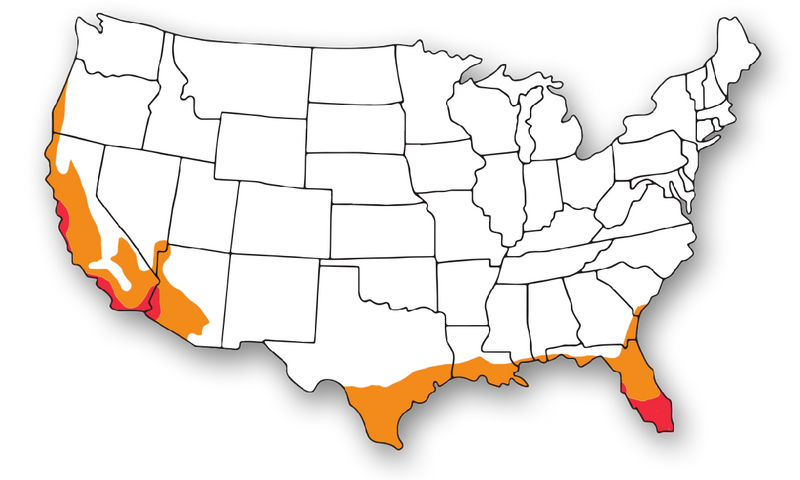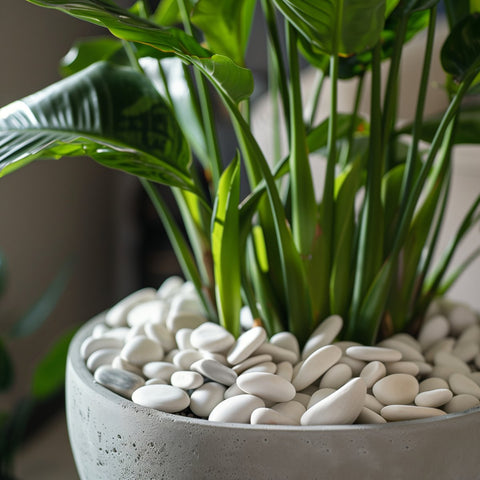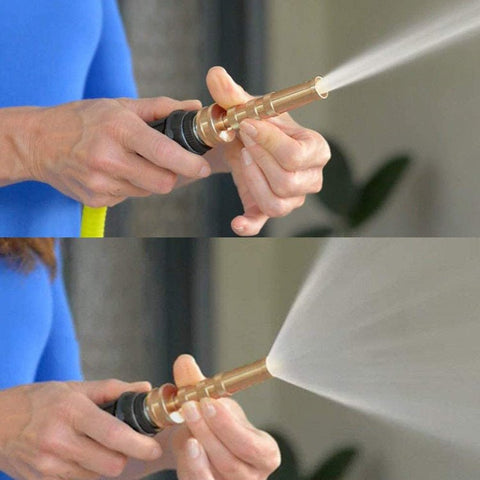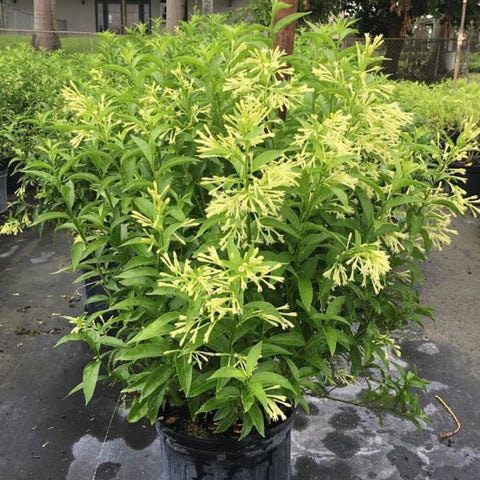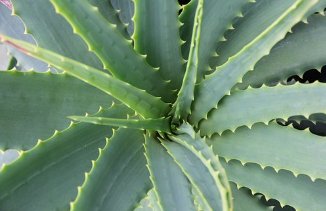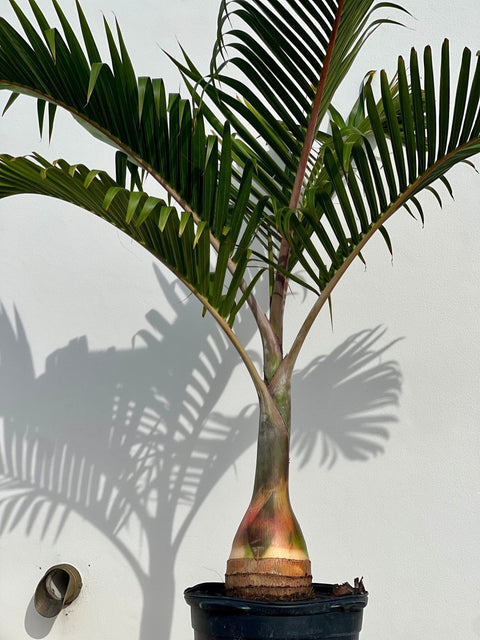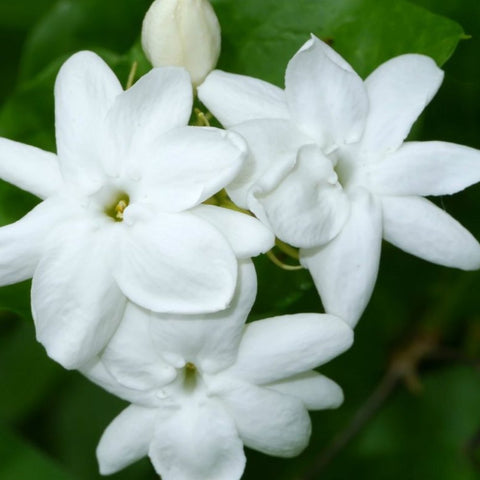Care Tips for Jatropha (Nettlespurges)
Jatropha, commonly known as Nettlespurges, thrives in bright, indirect light. It prefers a warm, arid environment, so it's best to keep it away from cold drafts and excessive humidity. This plant requires well-draining soil and infrequent watering. Be sure to let the soil dry out completely between waterings to prevent overwatering, which can lead to root rot.
Essential Care Tips:
- Keep the plant in bright, indirect light for optimal growth.
- Avoid cold drafts and environments with high humidity.
- Water sparingly, allowing the soil to dry out completely between waterings.
- Fertilize sparingly, as Jatropha does not require frequent feeding.
- Prune regularly to maintain shape and encourage new growth.
Uses for Jatropha (Nettlespurges)
Jatropha is a popular choice for xeriscaping and drought-tolerant gardens due to its minimal water requirements. Its unique foliage and striking flowers make it an excellent accent plant for outdoor landscapes. Jatropha is also known for its medicinal properties, being used in traditional remedies for various ailments.
Planting Tips for Jatropha (Nettlespurges)
When planting Jatropha, use well-draining soil and a pot with adequate drainage holes. This plant thrives in warm, sunny locations and should be protected from cold temperatures. It's important to water the plant infrequently and to ensure the soil remains dry for extended periods between waterings.
Maintenance of Jatropha (Nettlespurges)
To keep your Jatropha looking its best, provide it with minimal care. Water only when the soil is completely dry, and fertilize sparingly. Prune as needed to maintain its shape and to promote healthy growth. This plant is generally low-maintenance and can thrive in various conditions with the right care.
Pests and Diseases of Jatropha (Nettlespurges)
Jatropha is relatively resistant to pests and diseases. However, it can occasionally suffer from spider mites, aphids, and root rot if overwatered. To prevent these issues, ensure the plant is kept in a dry environment and water sparingly. If you notice any pests or signs of disease, treat the plant with an appropriate insecticide or fungicide.
Premium Offering: "Grower's Pick"
Experience our top-tier selection: the "Grower's Pick." This exceptional plant choice is the most sizable option available, featuring the tallest and most robust plant we can ship. Each “Grower’s Pick” is carefully selected for its advanced maturity, ensuring a well-established root system for superior growth and vitality.
Frequently asked questions
Fertilizing Jatropha plants in a cost-effective manner is essential to ensure maximum value and yield. By implementing specific strategies, you can effectively nourish your Jatropha plants without breaking the bank. One cost-effective way to fertilize Jatropha is by using organic materials such as compost or manure. These natural fertilizers provide essential nutrients to the soil, promoting healthy growth and development of the plants. Additionally, mulching with organic materials can help retain moisture in the soil and reduce the need for frequent watering, saving you both time and money. Another effective method is to conduct a soil test to determine the specific nutrient deficiencies in your soil. This will allow you to tailor your fertilization strategy to meet the specific needs of your Jatropha plants, ensuring they receive the necessary nutrients for optimal growth. Additionally, consider using slow-release fertilizers to provide a steady supply of nutrients over an extended period, reducing the frequency of applications and overall cost. In conclusion, fertilizing Jatropha plants in a cost-effective manner involves utilizing organic materials, conducting soil tests, and using slow-release fertilizers. By implementing these strategies, you can promote healthy growth and maximize the value of your Jatropha plants without breaking the bank. Remember to monitor plant growth and adjust your fertilization regimen as needed to achieve optimal results.
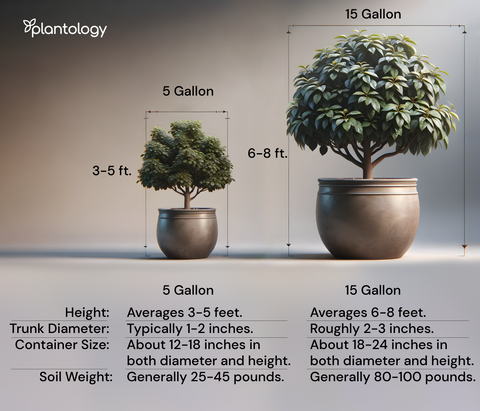
Free Shipping Over $150
Only $12 flat rate on orders under $150
Healthy Arrival Guarantee
Plants arrive healthy or we replace them free





